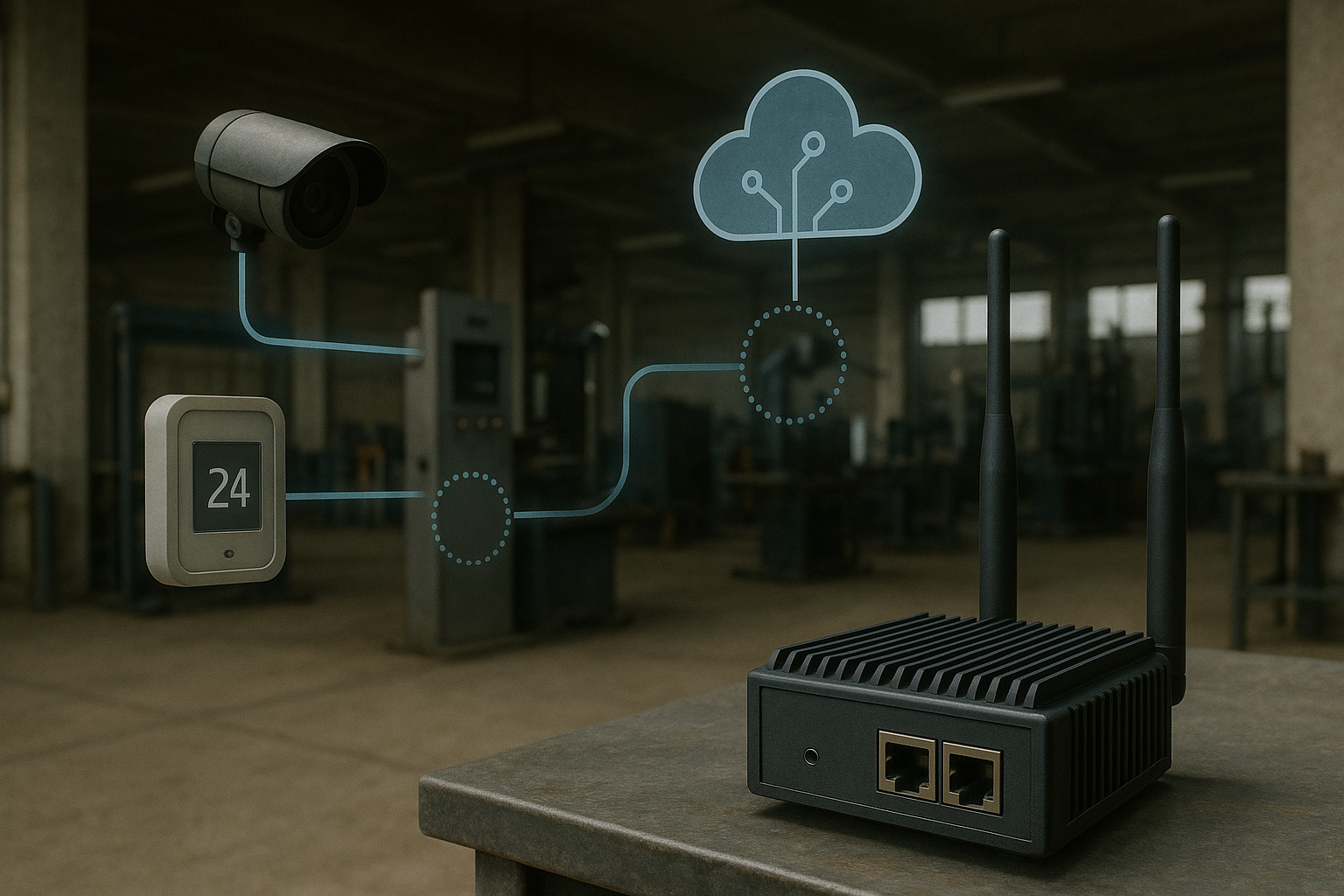Edge Computing Advantages for Next-Gen Infrastructure
Edge computing is reshaping how data is processed and managed by bringing computation closer to the source—be it IoT sensors, manufacturing devices, or remote terminals. This approach offers distinct advantages over centralized cloud systems, particularly in speed, efficiency, and resilience.
One of the main benefits is lower latency. Processing data at or near the edge means faster response times, essential for real-time applications like autonomous vehicles, industrial automation, and remote healthcare.
Another major gain is bandwidth efficiency. Edge computing minimizes the need to transmit large volumes of raw data to the cloud by filtering and processing it locally. This significantly reduces network strain and operational costs.
Data sovereignty and compliance are improved as well. With sensitive data staying on-site, businesses can more easily meet regulatory requirements and reduce exposure to cyber threats. Localized data handling also supports privacy in regions with strict data laws.
Edge solutions also improve system reliability. In areas with limited or unstable connectivity—like offshore platforms or rural installations—edge devices continue to function independently, ensuring operational continuity even when cloud access is disrupted.
Finally, edge computing enhances IoT scalability. As the number of connected devices grows, decentralized processing becomes critical to maintaining performance and security across large networks.
According to Intel, edge computing is essential for accelerating data-driven innovation across industries:
“By processing data closer to where it’s generated, edge computing reduces latency, increases efficiency, and enables real-time decision-making.”
Source: Intel

